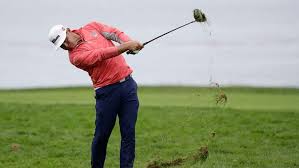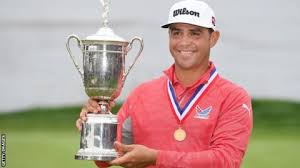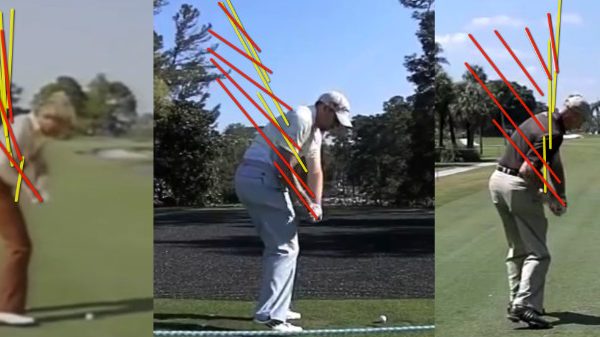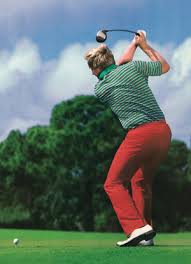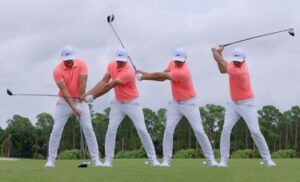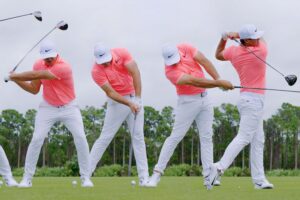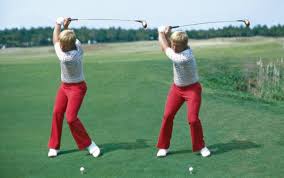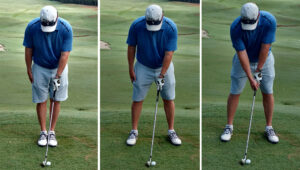I just thought that July 4th would be a good time to spice up your swing. We would all like to hit dead straight, sweet shots every time we swing a club. Unfortunately our swing direction or the ground slope or our hands cause slight changes in our swing resulting in a draw or a fade especially when we don’t want that shot. Why not plan for a power draw or fade to avoid surprises?
I really don’t think you want to put fireworks in your swing like Bubba Watson. His lack of recent wins is one reason why we don’t want a huge draw or fade. He really has an overkill for his draw or fade. He plans for each draw or fade which can turn into a hook or slice that flies deep into the rough on too many occasions. Of course he also hits the occasional streak where he is able to execute a controlled draw or fade and even wins some tournaments but it’s not the best plan of attach for golf if you want consistent hits.
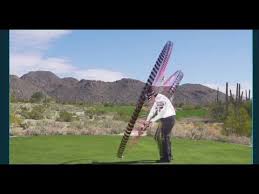
Bubba usully setups up with an open stance but he controls his draw or fade using the direction of the club face impact on the ball from a lower plane swing to the ball
In a recent golf magazine article I found the following: “No matter how many tournaments Watson wins, he will always be looked at as a freak show like a high-wire act. He hits the ball insane distances with his driver, and all that TV announcers want to talk about when covering Watson is how much he curves the ball, 30 or 40 yards at a clip. His swing defies convention, present or past. He does things no one would teach. In that regard, he claims never to have taken a lesson. Every announcer says Watson has the best hands in golf.” —-until he looses control.
Things we should learn from Bubba:
1/ Don’t Use Extra Large Grips on your Irons and Drivers: Bubba using anywhere from 10 to 13 wraps of tape under each grip as he progresses down each grip. “His grips look like Little League bat handles.” Those oversized grips cause all of the extra action on his ball flight. NOT what you want.
2/ Plan to control your distance as well as your cut or slice. The greater the cut or slice, the more you risk playing your next shot from the rough or the trees. Your drive is your longest shot so you really should setup to aim for one side of the fairway and curve your ball back to your target line.
3/ A guaranteed draw or fade is what you should be planning on every shot. Hitting from a slight slope or using a slight rotation on your grip can change the face direction of your club and the outcome of your shot. Don’t risk it. Setup for your draw or fade by using your ball position slightly forward or back and your trailing foot slightly back (closed) or forward (open) from your target line. [Bubba setsup extremely open to his target line. DON’T DO IT.]
4/ Generate Your Fireworks with your Lag and Release: I like to swing straight back and up to the top (not quite as exaggerated as Jim Furyk) with a slight loop at the top to power my hit with an inside to outside swing and forcing a power draw (like Jim McLean).
Practice to consistently draw or fade your shots at the driving range. Use your straight leading arm by practicing with GOLFSTR+. Use your wrist lag to naturally generate FIREWORKS for your power draw or fade. Buy one today at www.golfstr.com



